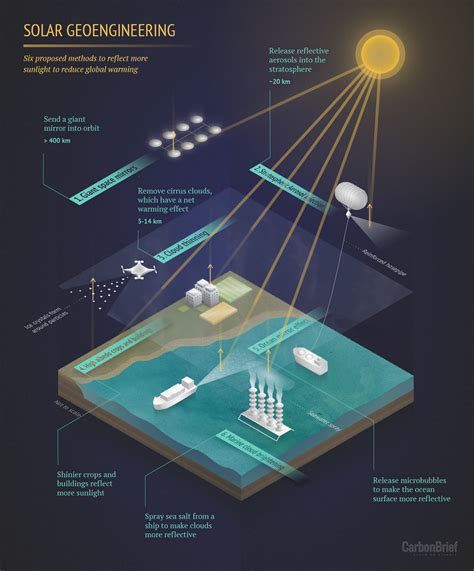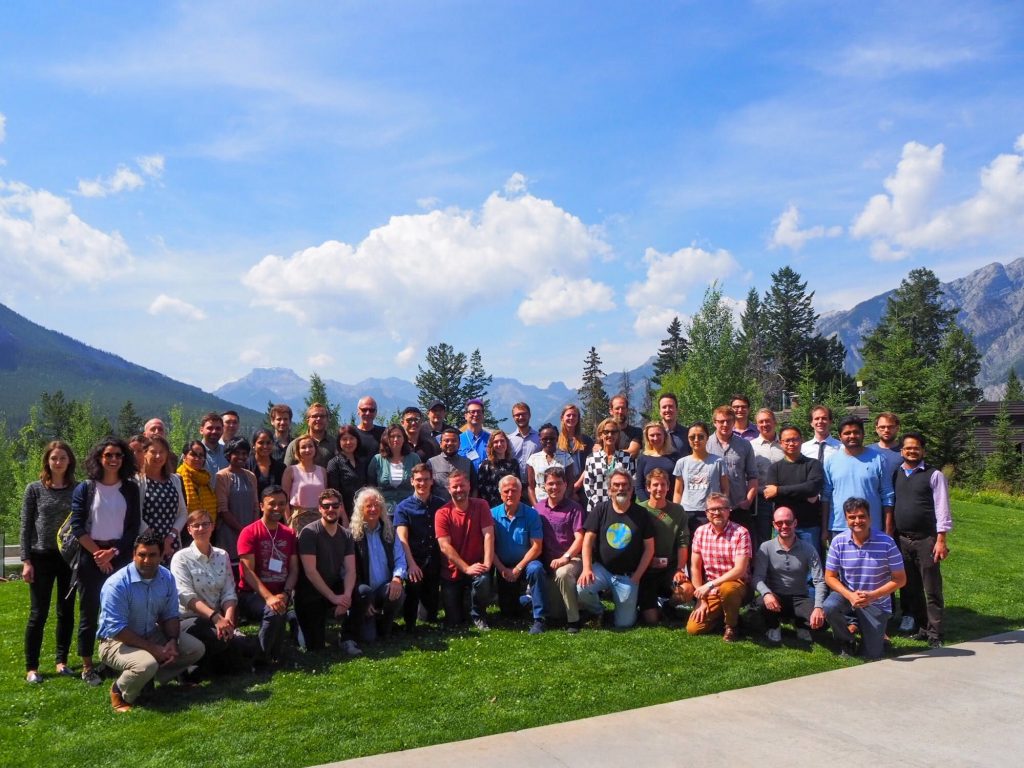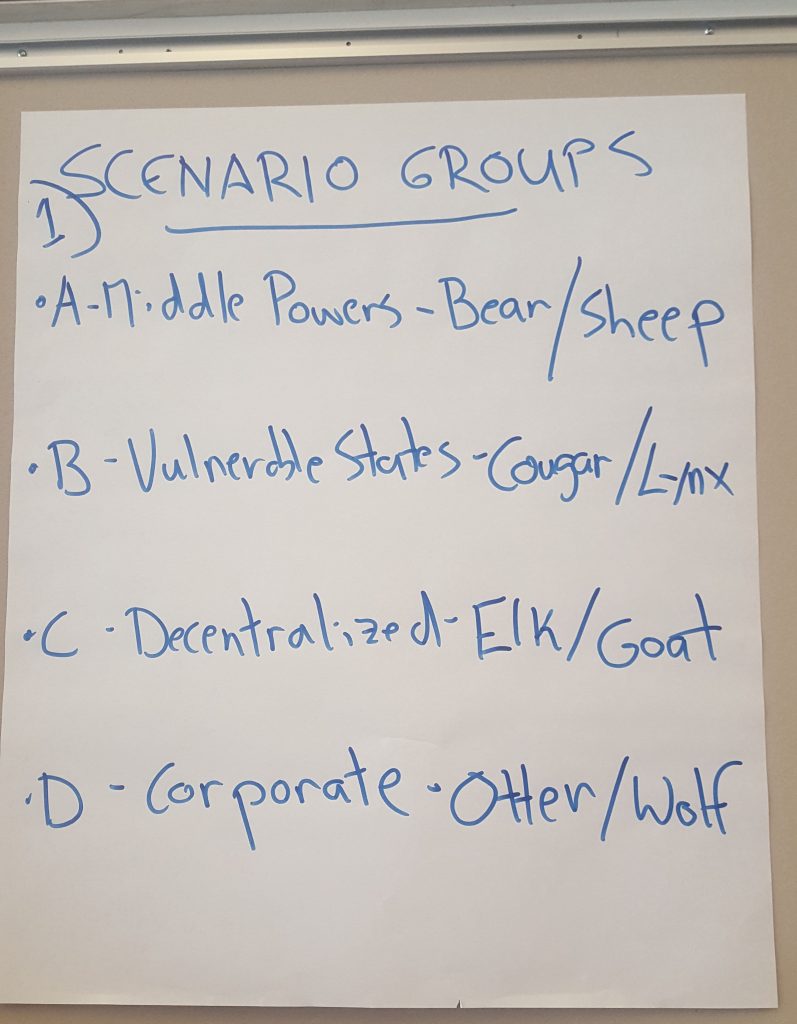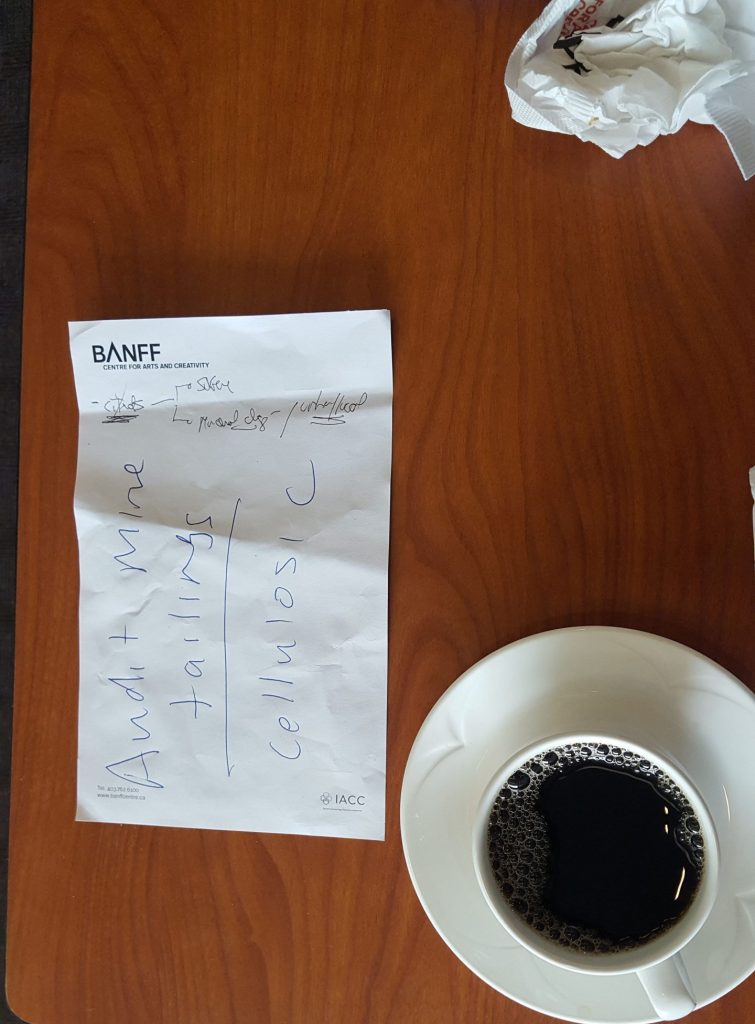What if someone just does it?
A scenario exercise on unauthorized use of solar geoengineering
Note: This post is co-authored with Jesse L. Reynolds, who recently completed an Emmett Institute Geoengineering Governance Fellowship
As the climate crisis grows more urgent, unconventional technological responses are getting increased attention and controversy. We’ve written previously on Legal Planet about these technologies and their promise and risks. The most high-stakes and controversial of these is solar geoengineering, which would make the Earth a little more reflective to incoming sunlight, most likely by spraying a fine mist of reflective aerosols in the upper atmosphere.

These approaches present big risk-reduction potential, big risks, and big uncertainties. Indeed, the sharpest controversy over solar geoengineering is not over whether it should be used – there is virtual unanimity that these are not currently warranted, and that emissions cuts and adaptation are, and remain, the urgent top priorities – but instead, over whether to expand research on the technologies and how they might be governed. Proponents of research highlight the need for knowledge to inform future decisions. Opponents fear that even studying these technologies would further weaken resolve for essential emissions cuts, and that scientific investigations would start a “slippery slope” to future use.
Looking further ahead, one of the biggest worries about solar geoengineering is the possibility of unauthorized or unilateral use, perhaps in some future period of rapidly mounting damages and panic. This prospect is deeply alarming, but quite plausible. It would take just three steps. First, opponents of solar geoengineering research and governance development prevail, so understanding of methods, their efficacy and risks, and potential means of governance make little progress. Second, climate change continues to rapidly worsen. This is bound to happen to some degree, due to the past thirty years of denial and delay. How much worse things get, how soon, will depend on human actions, and on luck: how fast world greenhouse-gas emissions are cut; how fast other pollutants that are now masking greenhouse heating are cut; and how favorably or unfavorably remaining scientific uncertainties – about climate sensitivity, speed of change, and impacts – turn out. Third, under this worsening of climate change, some nations or regions come to suffer harms that they judge intolerable—meriting any response, however desperate. Since by that point, mitigation and CDR could not reduce or stop continued harms fast enough, and adaptation capacity may be overwhelmed by the extremity of impacts occurring, it is quite plausible that some governments or others with the capability may demand deployment of solar geoengineering, or just start doing it themselves.
Without prior research and governance development, the use of solar geoengineering would be less effective, messier, heavier in side effects and risks, and worse governed. But rough knowledge about these technologies is widely enough known that nations facing immediate, existential threats they cannot reduce in other ways may not be deterred by the crude state of knowledge and capabilities. The prospect of such unauthorized, uninformed, desperate use of solar geoengineering is among the most frightening, highest-stakes issues in climate. Questions of how this might happen, who might do it, what environmental and geopolitical risks it would pose, and what can be done to mitigate these, are gravely important and deeply uncertain. Yet the tools available to investigate these are limited. The questions are only weakly amenable to formal decision modeling or analysis, and are so novel that the ability to apply historical analogies or lessons from other domains is limited.
In this regard, the risks of unauthorized solar geoengineering implementation resemble other high-stakes, deeply uncertain planning and decision problems, like technology forecasting, emergency preparedness, and strategic and military planning – where the objective is to be prepared for the next crisis or conflict, knowing that it will probably not be like the last one. In such situations there is high value to any modes of inquiry that give potentially useful and relevant insights, even if they are speculative and unscientific. Indeed, it is hard to imagine any way to think about or plan for such an eventuality that is not speculative. The challenge is not to avoid speculation, but to keep it disciplined and connected to relevant knowledge. Scenario-based methods have been widely and fruitfully used for similar problems. These present or construct plausible pictures of potential threats or challenges, and elicit structured inquiry, exploration, critical analysis, and problem-solving from participating people with relevant expertise. These methods do not provide validated empirical results, nor do they confidently demonstrate or prove anything. Rather, they aim to credibly and vividly simulate a potential challenge, to generate insights into problem structures, stimulate creative ideas about potential risks or promising responses, and suggest, tentatively, courses of action that are more or less promising, more or less dangerous. Scenario methods can thus provide some, albeit limited, guidance for near-term actions, either to avoid putting future decision-makers in the specified situation or to reduce risks if it should arise.

We organized and led a major scenario exercise on unauthorized deployment of solar geoengineering, at the 2019 International Summer School on Geoengineering Governance held in Banff, Alberta, Canada. The exercise took place over three days, with about sixty participants from sixteen countries, organized into eight teams. Under assumed background conditions similar to the path we sketched above, teams confronted four scenarios, each of which described a distinct challenge related to actual or imminently proposed use of solar geoengineering. Each of the four scenarios had two teams, working in parallel, who represented senior advisory bodies to governmental or other influential decision-makers. Each team had to first propose a response to the challenge specified in their scenario. The two teams working on each scenario then critiqued or “stress-tested” their counterpart’s proposal, after which they revised or merged their responses based on what they learned in the stress test.
 The main difference among the scenarios was the identity of the actors, or “initiators” driving the unauthorized use of solar geoengineering. In two scenarios the initiators were states: a coalition of rich “middle powers” in the first, a group of highly climate-vulnerable states of widely varying development status in the second. In the other two, the initiators were trans-national coalitions of non-state actors: in one, a grassroots coalition of concerned citizens taking direct action by launching small amounts of reflective material using low-cost weather balloons; and in the other, a corporate coalition of convenience between a few large fossil-fuel and technology firms.
The main difference among the scenarios was the identity of the actors, or “initiators” driving the unauthorized use of solar geoengineering. In two scenarios the initiators were states: a coalition of rich “middle powers” in the first, a group of highly climate-vulnerable states of widely varying development status in the second. In the other two, the initiators were trans-national coalitions of non-state actors: in one, a grassroots coalition of concerned citizens taking direct action by launching small amounts of reflective material using low-cost weather balloons; and in the other, a corporate coalition of convenience between a few large fossil-fuel and technology firms.
The results of the exercise were published online last week, in a special collection of papers in the journal, “Futures:” The six papers in the collection include:
- An introductory paper by the two of us, which gives a detailed account of the exercise’s process and the four scenarios, followed by four papers providing detailed reflections on the experience of the two teams working on each scenario
- “The Middle Powers Roar,” by Zachary Dove, Joshua Horton, and Katharine Ricke;
- “Vulnerable States Demand, and Act,” by Felix Schenuit, Jonathan Gilligan, and Anjali Viswamohanan;
- “Grassroots Decentralized Deployment,” by Anne Pasek, David Morrow, Walker Lee, and Tyler Felgenhauer;
- “The Private Sector to the Rescue,” by Mariia Belaia, Amanda Borth, and Weili Weng;
- Finally, a Concluding synthesis paper, by us, extracts general insights from the exercise, as well as methodological and substantive guidance for further scenario-based work on this issue.

Like all scenario exercises, the results of this one have to be taken with a grain of salt. Still, the exercise yielded surprisingly specific and persuasive insights, including substantial commonalities across the four scenarios.
Summarizing the top-level messages, they are as follows:
- First, an unauthorized solar geoengineering challenge appears to be substantially less likely by non-state than by state actors. It was striking how difficult it was to construct scenarios of non-state-led interventions that both were non-trivial in their climate impact and duration, and passed a minimal threshold of plausibility as judged by our expert participants. This adds support to a judgment that is now dominant on the literature. After brief early interest in the shocking possibility of one or a few billionaires making an intervention, it became clear that additional, non-financial requirements to make a sustained, non-trivial intervention that would not immediately be shut down or taken over by major states made this prospect implausible. Despite our best efforts, the exercise persuasively supported the view that this activity would be limited to relatively powerful states or coalitions of states.
- Second, any deployment-related challenge will not be a one-time crisis, but one that plays out in multiple steps of strategic negotiations and actions, most likely over several years. One surprising but retrospectively plausible implication of this is that, for any actor contemplating a disruptive geoengineering challenge, the initial steps of implementation would be more likely to target political aims – the message sent to other world powers in anticipation of their likely responses – than any particular desired environmental outcome.
- Third, the response of all teams to their scenario’s challenge was surprising for the lack of confrontation or escalatory moves. In the present debate, while solar geoengineering is only a hypothetical possibility, much opposition—including to its research and consideration—is expressed in categorical terms, based on moral principles. The exercise vividly illustrated how much things change once a shocking action – one that was previously subject to total rejection and stigma – is actually taken. In all teams, opposition expressed to the scenarios’ solar geoengineering programs was pragmatic, based on material interests, and contingent – concerned with how the program was designed and implemented, who was controlling it, and its specific regional impacts. This result was especially surprising since the views of many participants in the exercise regarding solar geoengineering ranged from skepticism to strong opposition. Confronted with an actual deployment challenge, all teams sought to domesticate or normalize it to reduce resultant geopolitical disruption and risks, not to shut it down. This surprising regularity suggests the rather hopeful prospect that even a disruptive challenge of unauthorized solar geoengineering use may be more likely to be the start of an international negotiation than the start of a spiraling escalation of confrontation.
- Finally, the exercise provides some indications about the likely structure and shape of these post-challenge negotiations. In particular, it suggests that the main objects of negotiation would involve the initiators of the challenge seeking to expand participation in the program by recruiting additional states, and buying this expanded participation by diluting their own control and adjusting the program to accommodate additional states’ interests. It is of course possible that this result was an artifact of the specific circumstances of this exercise. Depending on the source, intensity, and character of opposition, responses might not be so measured and subsequent negotiations not so effective at mitigating geopolitical conflict over solar geoengineering – but the result still provides a rather surprising source of optimism.
We find the exercise and its results to be a deeply interesting, novel, and hopeful departure from the present stalled literature and apocalyptic claims; but we are biased, of course, since we organized it. For much more information on this exercise and what it might mean for assessment of actual risks related to solar geoengineering, we encourage you to read the papers linked above.






Reader Comments